
2023 predictions: Automation, right sizing cloud requirements, zero trust and the growing importance of AI observability
2022 was a year of extreme complexities. With the post-pandemic and Brexit fallout, cost of living rises and inflationary pressures, geo-political issues, ongoing climate crisis, supply chain shortages and growing cybersecurity and data security threats, it was undoubtably another unprecedented year.
In fact, ransomware set annual records again, with new ransomware strains emerging. Additionally, cloud adoption continued to grow, while the IT jobs market experienced significant skills shortages. As we look forward to the start of a new year, what trends are on the horizon in 2023 and what issues will organizations be grappling with?

Greater cloud adoption, better security and connected cars -- 5G predictions for 2023
The importance of 5G for internet infrastructure is widely recognized, but the effects of the pandemic have seen its rollout slow somewhat.
According to IDTechEx, as of September this year, 98 nations have commercialized 5G or are conducting 5G trials, compared to 79 at the end of 2021.

No more either/or: How a layered, data-centric approach to security removes outdated restrictions
Viewing security as a modern data challenge is something different from simply recognizing the crucial role of data. IT security has always been about gathering, analyzing and acting on data. But modern cloud data challenges are about handling ever increasing amounts of disparate, differently-structured and unstructured data, from a changing mix of dynamic sources.
The challenge is not about battling to handle data overload. But rather, rethinking the underlying data technologies you use at the core of your security platform, so that as more data floods in, it makes your security tighter and more effective.
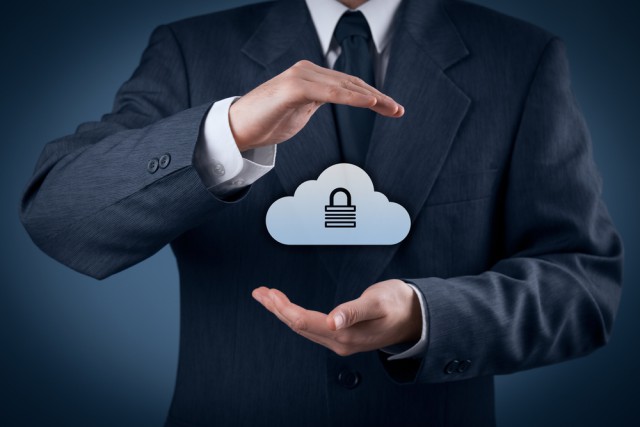
Meeting the challenge of securing cloud-native apps [Q&A]
As more and more of our computing moves to the cloud, protecting information and apps throws up a new set of challenges for enterprises.
We spoke to Ratan Tiperneni, president and CEO of cloud-native app protection specialist Tigera, to find out more about the security implications of going cloud native and how to deal with them.

Microsoft slaps cryptomining ban on Azure users
Microsoft has updated the Universal License Terms for Online Services that apply to Azure to indicate that the service cannot be used to mine cryptocurrency.
The change appears in the Acceptable Use Policy section of the license terms that apply to all Microsoft Online Services, but the ban is not an outright one. While the criteria have not been revealed, it seems that there are circumstances in which the company may be willing to lift the ban on cryptomining.
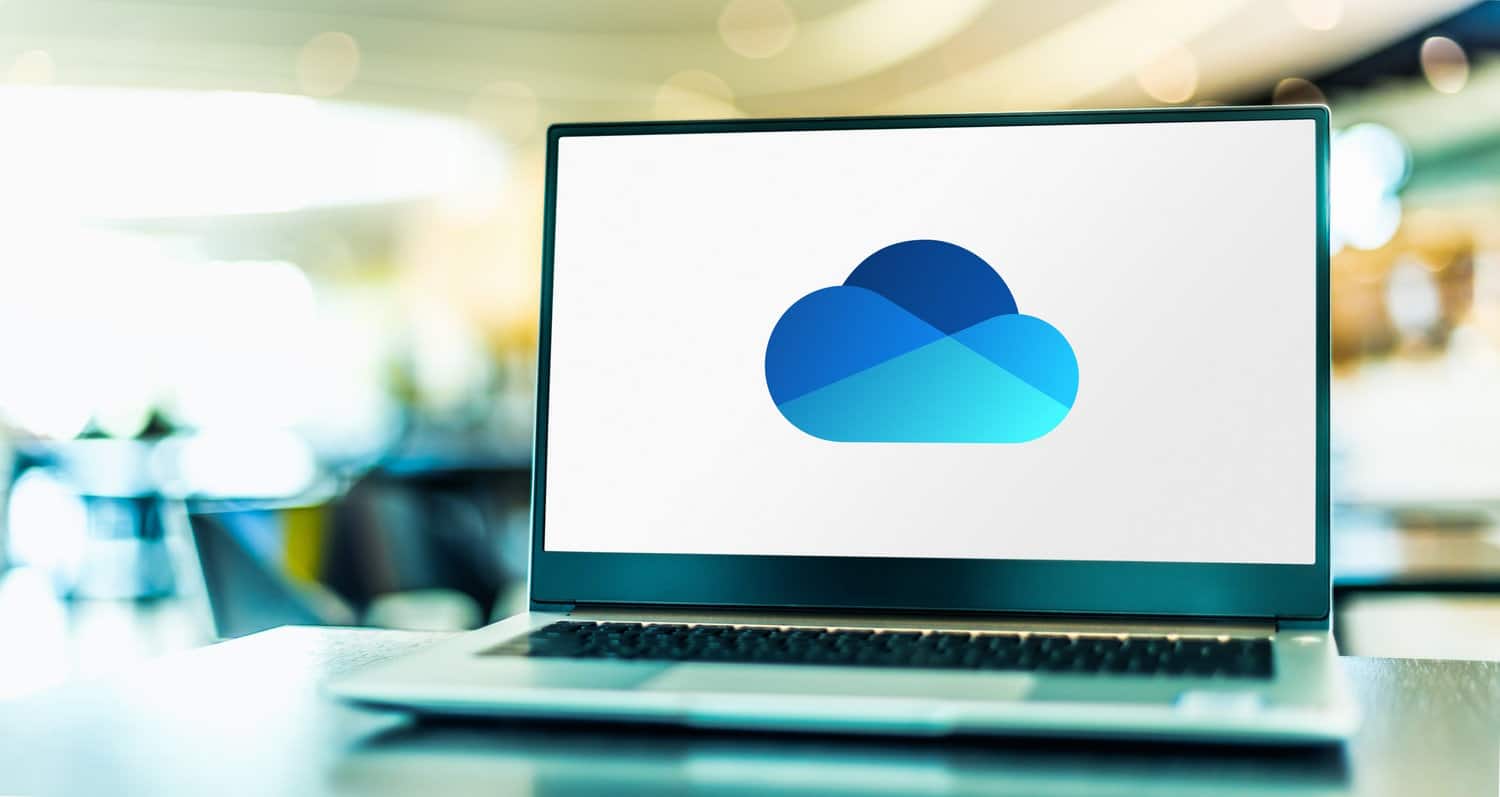
Microsoft releases updated OneDrive app with a new Windows 11 aesthetic
Users of Microsoft's cloud storage have a new version of the OneDrive desktop client to install, compete with an updated look and feel.
After a period of testing during which the refreshed app was available to Insiders only, Microsoft has now released the new OneDrive app to everyone. The latest update gives the app a Windows 11-style makeover, including support for light and dark modes.
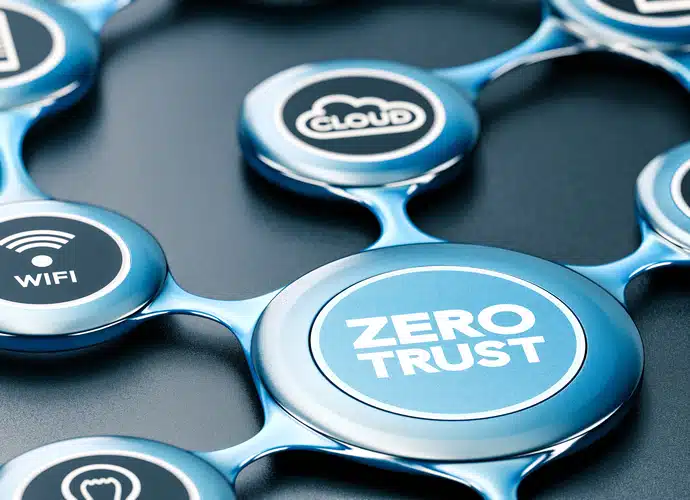
Organizations failing to unlock the full potential of zero trust
More than 90 percent of organizations migrating to the cloud have implemented, are implementing, or are in the process to implement a zero trust architecture.
But a new study from Zscaler shows only 22 percent of global IT decision-makers claim to be 'fully confident' that their organization is leveraging the potential of their cloud infrastructure, presenting an opportunity for zero trust.
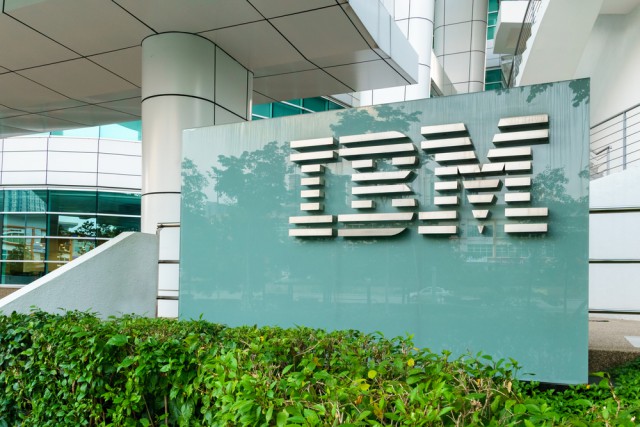
IBM and AWS extend their collaboration to drive innovation
IBM and AWS are launching a new set of capabilities, including access to new SaaS offerings and consulting capabilities for clients modernizing on AWS as part of their hybrid cloud approach, and expanded mainframe application modernization.
Earlier this year, the two companies announced the availability of IBM Software products as Software-as-a-Service (SaaS) on the AWS Marketplace, making IBM solutions more accessible.
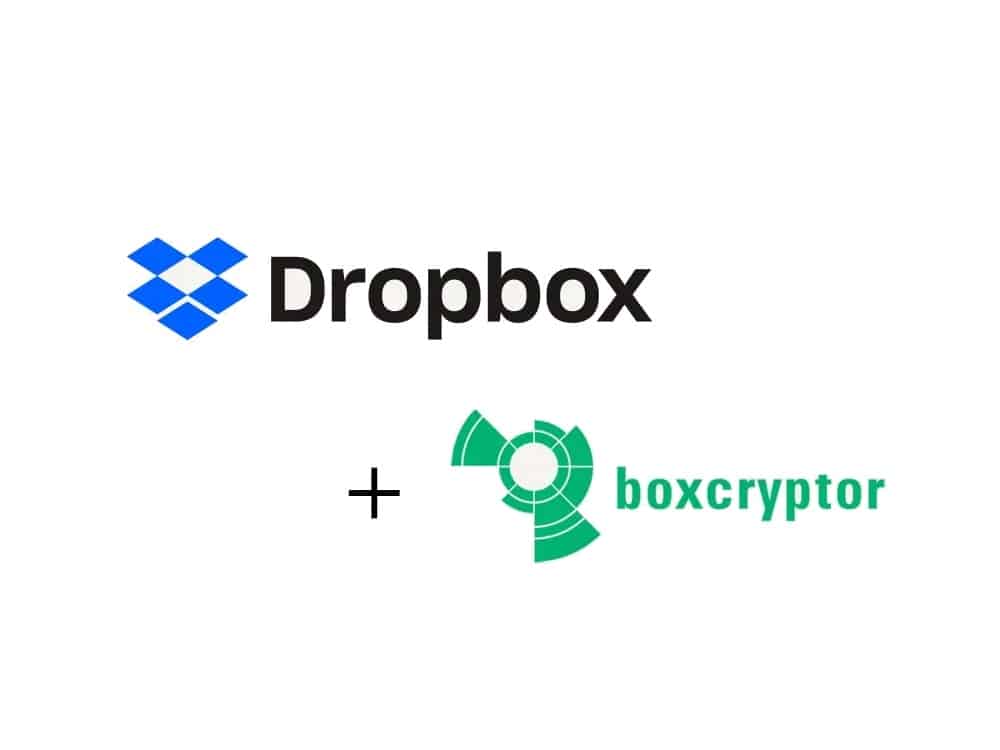
Dropbox is bringing end-to-end encryption to business users thanks to Boxcryptor acquisition
Dropbox has announced plans to acquire "key assets" from Boxcryptor in a move that will boost security for business users.
The acquisition will bring zero-knowledge end-to-end encryption to users signed up for business account. It is something that Dropbox undoubtedly hopes will help increase confidence in its cloud storage service.
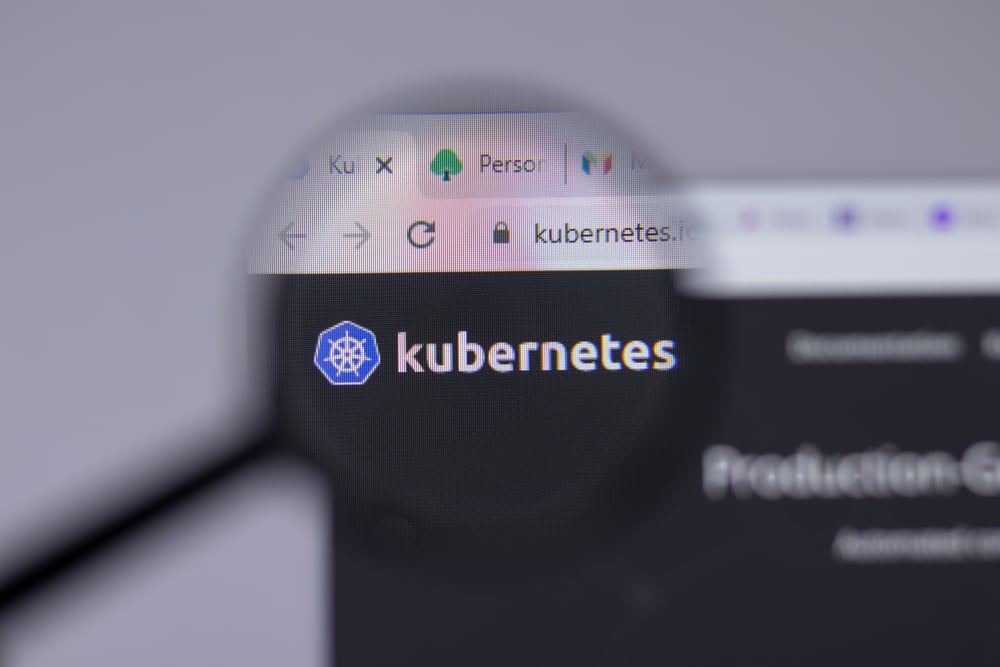
More than half of organizations are using Kubernetes in their day-to-day operations
New research into the adoption of Kubernetes finds 51 percent of cloud developers are using Kubernetes and containers in their daily operations, and 57 percent have seen an increase in the number of Kubernetes clusters running within their organization over the last year.
The survey of 1,000 cloud developers by Civo finds the most common benefits cited for Kubernetes are its ease for scaling of work and for management of containers, named by 36 percent and 35 percent of respondents citing respectively.

Cyberattacks cost enterprises $1,200 per employee per year
Organizations are paying $1,197 per employee each year to address successful cyber incidents across email services, cloud collaboration apps or services, and web browsers.
This means that a 500-employee company spends on average $600,000 an year, according to a new survey for Perception Point, carried out by Osterman Research.

Top 4 cloud trends that will affect your business
Over recent years, Cloud computing has boomed in popularity, receiving a global spend of £46.3 billion within the first quarter of 2022, according to research by Canalys. As well as that, Statista had also conducted a survey that investigated the increase use of cloud services and discovered that storing and creating files and office documents was the main reason for implementing cloud technology to their business.
Utilizing cloud services to their fullest is a great way of helping push your business in a more tech-savvy direction. But like all technology, it will continue to evolve and provide new ways of making your processes more efficient.

Federal agencies continue to confront cloud migration challenges a decade on
Most U.S. federal agencies began the process of moving their data to cloud-based services about ten years ago. In 2011, the White House issued their Cloud-First strategy, requiring agencies to evaluate safe and secure cloud technologies. This marked the first step taken to accelerate cloud adoption amongst government agencies in a bid to help reduce costs and improve the efficiency of services provided to citizens.
Since then, many agencies have begun moving more and more of their infrastructure to cloud platforms. Recent research revealed that nearly two-thirds of federal IT leaders are either using or starting to use the cloud for mission critical applications. However, despite this uptick in adoption, many federal agencies continue to grapple with cloud migration challenges.

Why services from big telcos aren't keeping up with business needs [Q&A]
The needs of enterprises have changed radically in recent years. The COVID-19 pandemic and the move towards remote and hybrid workplaces, as well as a move towards more online commerce have all brought more dependence on the internet and communications.
Matt Carter, CEO of Aryaka, believes that the giants of the telecommunications industry, 'Big Telco', have failed to keep up with these trends. We spoke to him to find out why and what needs to change.
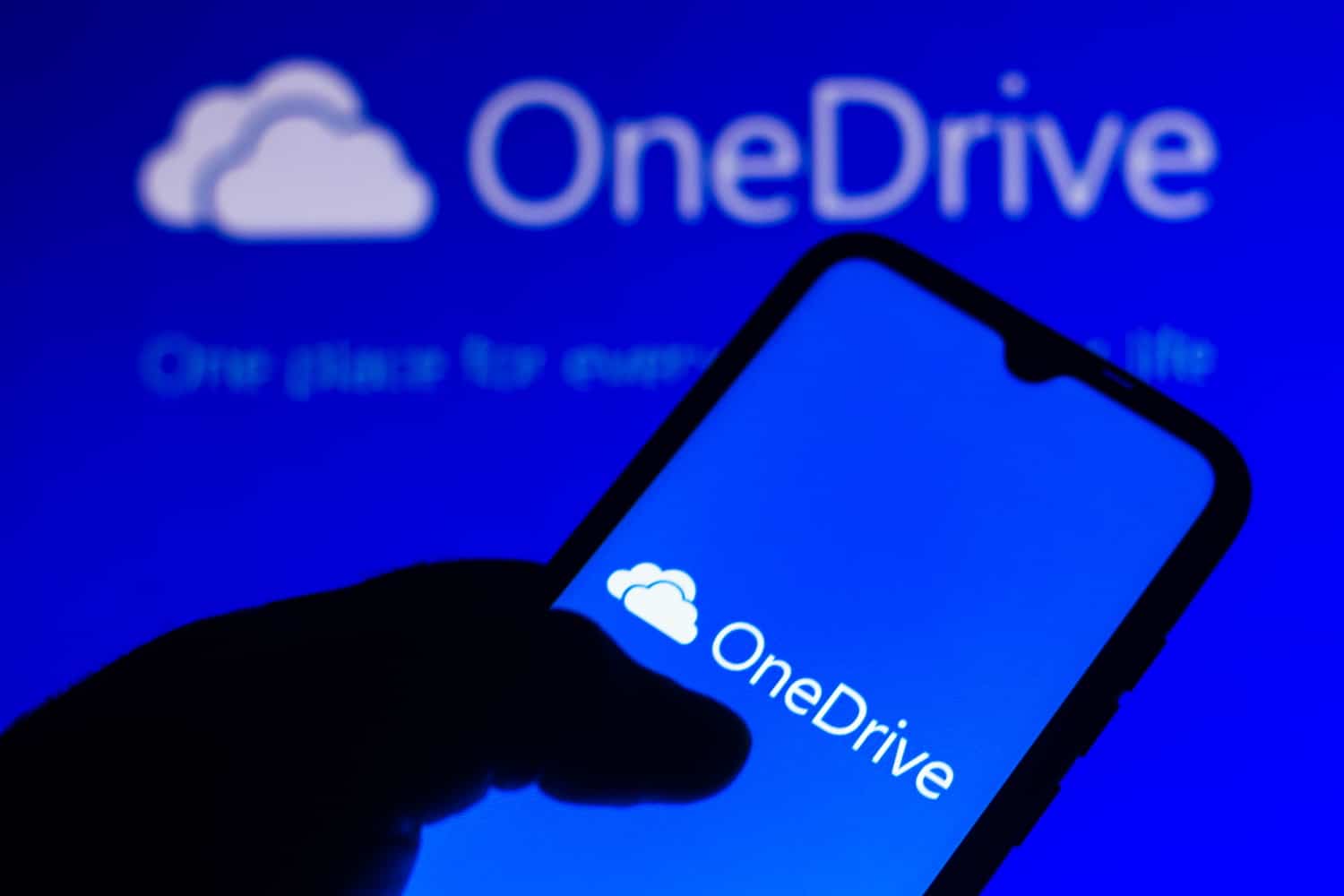
Microsoft is becoming less generous with OneDrive storage if you use Outlook.com
For many people cloud storage is now pretty much essential. There's no shortage of services to choose from, but Google Drive and Microsoft's OneDrive are among the most popular. For users of Microsoft's cloud storage, there is some bad news -- and we're not talking about unwanted ads for OneDrive in the Windows 11 Start menu.
The company has announced that, as of next year, it is consolidating cloud storage across Microsoft 365 apps. What this means in practice is that users of Outlook.com will effectively end up with less storage space for personal files as email attachments will count soon eat into OneDrive quotas.
